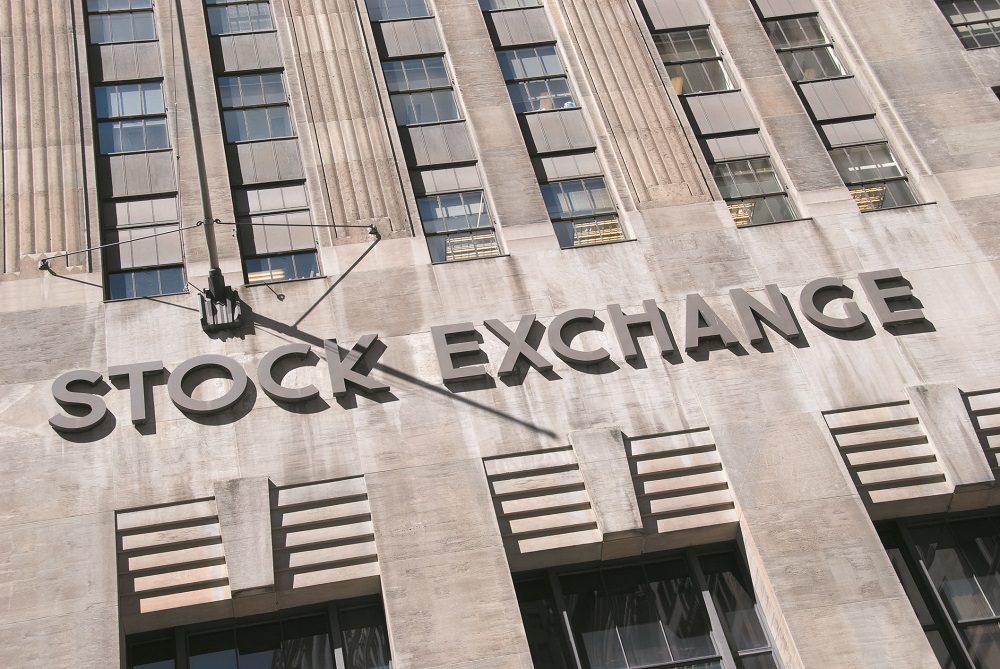If you want to beat the stock market in coming years, stop hoping for Big Tech to return to its glory days. Behemoths that dominate the market in one decade rarely lead in subsequent ones, warn investment strategists Joseph Quinlan and Lauren Sanfilippo. The dominant tech companies known as FAANG—Facebook (parent company Meta), Amazon.com, Apple, Netflix and Google (parent company Alphabet)—accounted for 15% of the S&P 500 at one point but now face challenges, including a radically different economic environment. The same environment will enable other areas to become leaders, areas that Quinlan and Sanfilippo have dubbed FAANG 2.0—Fuel, Agriculture, Aerospace/Defense, Nuclear and Gold/Precious Metals. In 2022, indexes that track FAANG 2.0 niches returned an average of 13% versus a 46% loss for the old FAANG and an 18% loss for the broader market, or S&P 500.
Bottom Line Personal asked Quinlan and Sanfilippo what will happen to Big Tech and to explain why FAANG 2.0 is likely to dominate. And on page two, exchange-traded fund (ETF) expert Neena Mishra, CFA, reveals the best funds for exposure to these leaders…
Rotation in Market Leaders
The world has undergone profound change since the height of the pandemic. We’ve gone from infections to inflation …Big Data to Big Oil…the CDC to NATO. Nowhere is this more evident than in the stock market. Big Tech, which enjoyed rapid growth over the last decade as the economy increasingly digitalized, has seen a collapse in its earnings and stock prices. These businesses are hardly about to fade away, but they may not outpace the broad market in coming years given their rich valuations and the massive headwinds they are likely to encounter…
The end of a decade-long period of steady economic growth and ultra-low inflation boosted prices of richly valued, fast-growing stocks. Instead, we have surging oil prices, higher interest rates and sharp, short swings in economic activity.
Rising geopolitical risk has increased the value of physical assets. Securing energy and food resources has become the top priority of most governments.
These same economic and geopolitical realities will serve to boost the fortunes of deeply undervalued FAANG 2.0 stocks…
Fuel: Despite the energy sector’s 46% rise last year, it accounts for only about 5% of the S&P 500 market cap, versus a 13.4% weighting in 1990. Several factors will keep energy prices elevated over the next several years including constrained supply as oil companies become more fiscally conservative, choosing to return cash to shareholders rather than spend on oil exploration and drilling. Also, the death of fossil fuels has been exaggerated—the US Energy Information Administration says oil consumption from 2020 to 2050 is expected to rise at least 20%.
Agriculture: The inflation in food prices would have happened even without the decline in agricultural exports from Russia and Ukraine. The world will need to produce more food in the next four decades than in the past 8,000 years. The Food and Agriculture Organization’s Food Price Index hit an all-time high in March 2022 and, though it has fallen, it is still elevated (versus previous years) due to climate change, shrinking arable land and soaring fertilizer prices. Countries are protecting their needs by restricting exports of wheat, palm oil, etc.
Aerospace/Defense: The resurgence of nationalism around the world combined with a belligerent Russia and China will lead to increased defense spending. In the US, the Biden administration has asked lawmakers for $813 billion in military spending for this year, a 4% increase from 2022. Defense companies also are finding new areas of revenue in cybersecurity software and electronic warfare.
Nuclear: Nuclear energy fell out of favor after the Fukushima nuclear disaster in Japan in 2011. But it is being rebranded as a highly reliable green energy to supplement renewables, such as wind and solar, as we slowly transition to a zero-carbon world. European countries, facing a natural-gas lockout from Russia, are restarting dormant nuclear power stations and increasing power output of existing ones. In the US, the Biden administration established a $6 billion fund to help nuclear plant operators keep their reactors running.
Gold/Metals: Gold is a safe-haven asset. Concerns about inflation and war have had recent prices up 5% versus a 6% drop for the S&P 500 index in the last 12 months. Other metals and minerals are likely to do well because years of underinvestment by miners will keep supplies tight and prices high. Also, hard assets are vital to transition away from fossil fuels. Example: An electric car requires six times the mineral input of a conventional car.


